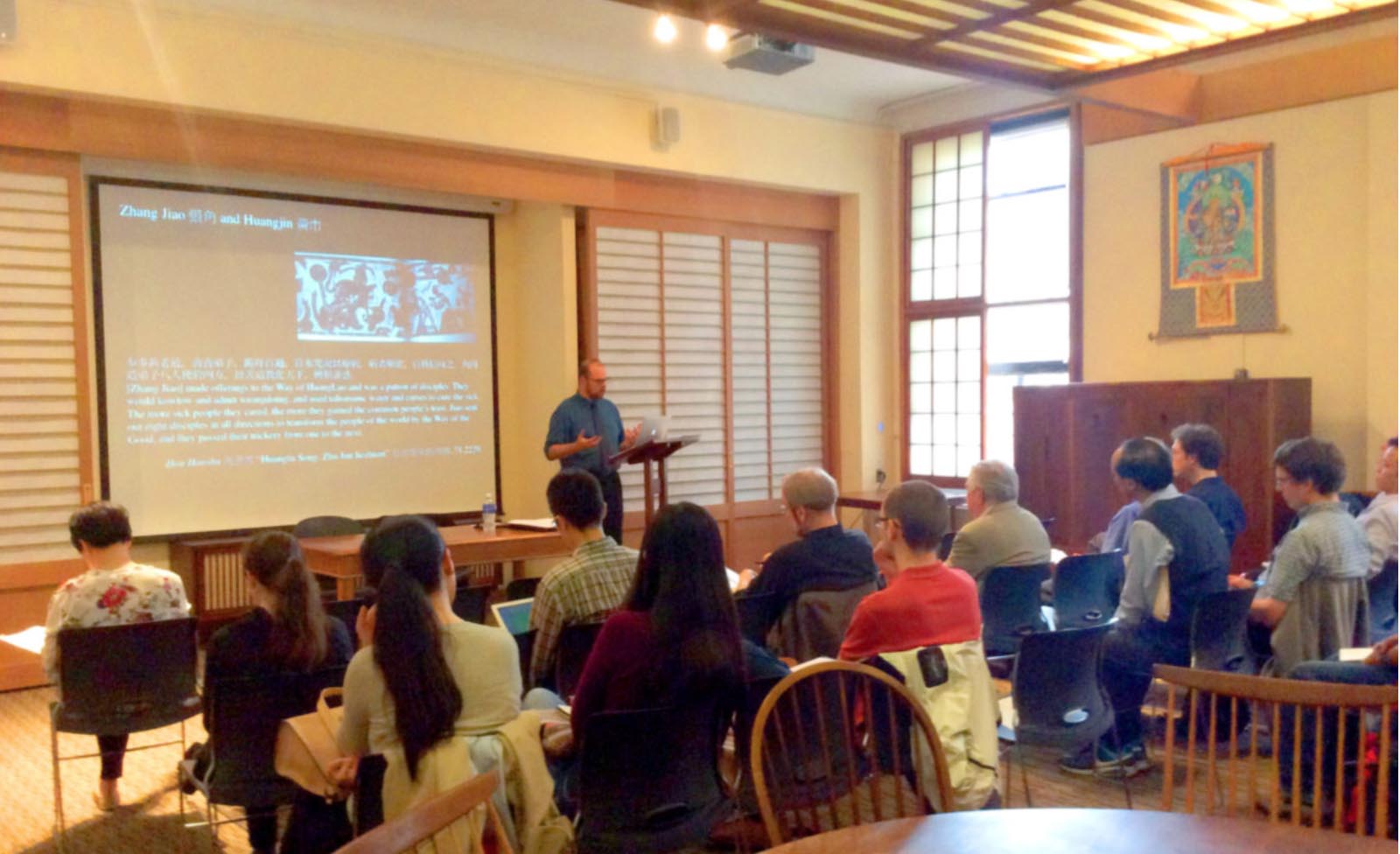may, 2023

Event Details
For thousands of years, deer were one of the main sources of food, antler, and skins for people in North China, but
more
Event Details

For thousands of years, deer were one of the main sources of food, antler, and skins for people in North China, but the ecological significance of this remains unexplored. People in Neolithic and Early Bronze Age China modified landscapes in significant ways through earthworks, irrigation, and other agricultural practices. Particularly, people often used controlled fires to clear agricultural fields, abandoning fields after a few years and moving on to new land. Frequent shifting of farmed lands created a mosaic of vegetation types that is the ideal habitat for deer, and the faunal remains excavated at archaeological sites in China make clear that people hunted and ate a lot of deer. This paper examines zooarchaeological, textual, and paleoenvironmental evidence to explore the relationship between humans, deer, and the landscape. Ancient people were probably aware of what types of vegetation attracted deer and intentionally managed their landscapes to make them better deer habitat. However, after domesticated cattle, sheep, and goats arrived from Western Asia, people had less need for deer. As farming intensified, human impact on the landscape grew and deer were eliminated from people’s diets and from the landscape.
For more information and to register, please visit this page.
Time
(Friday) 4:30 pm - 6:30 pm
Location
Faculty House



